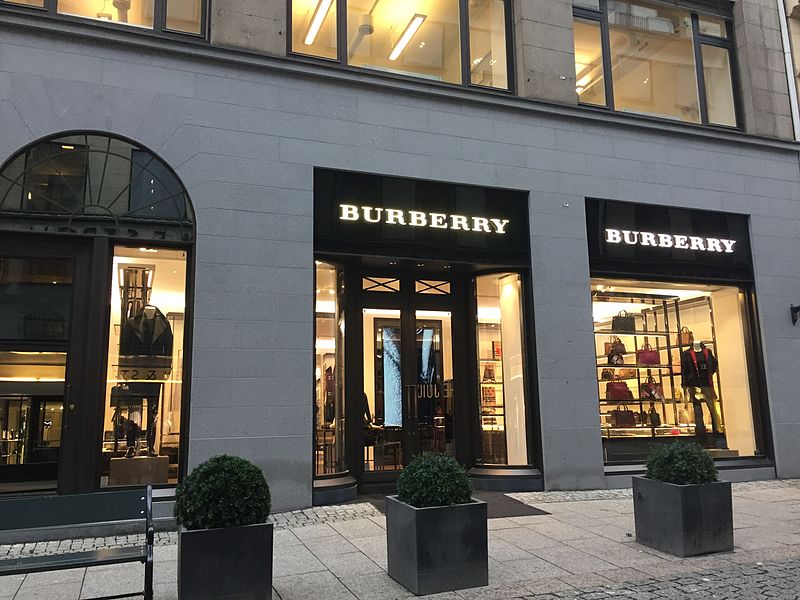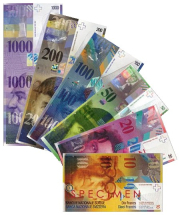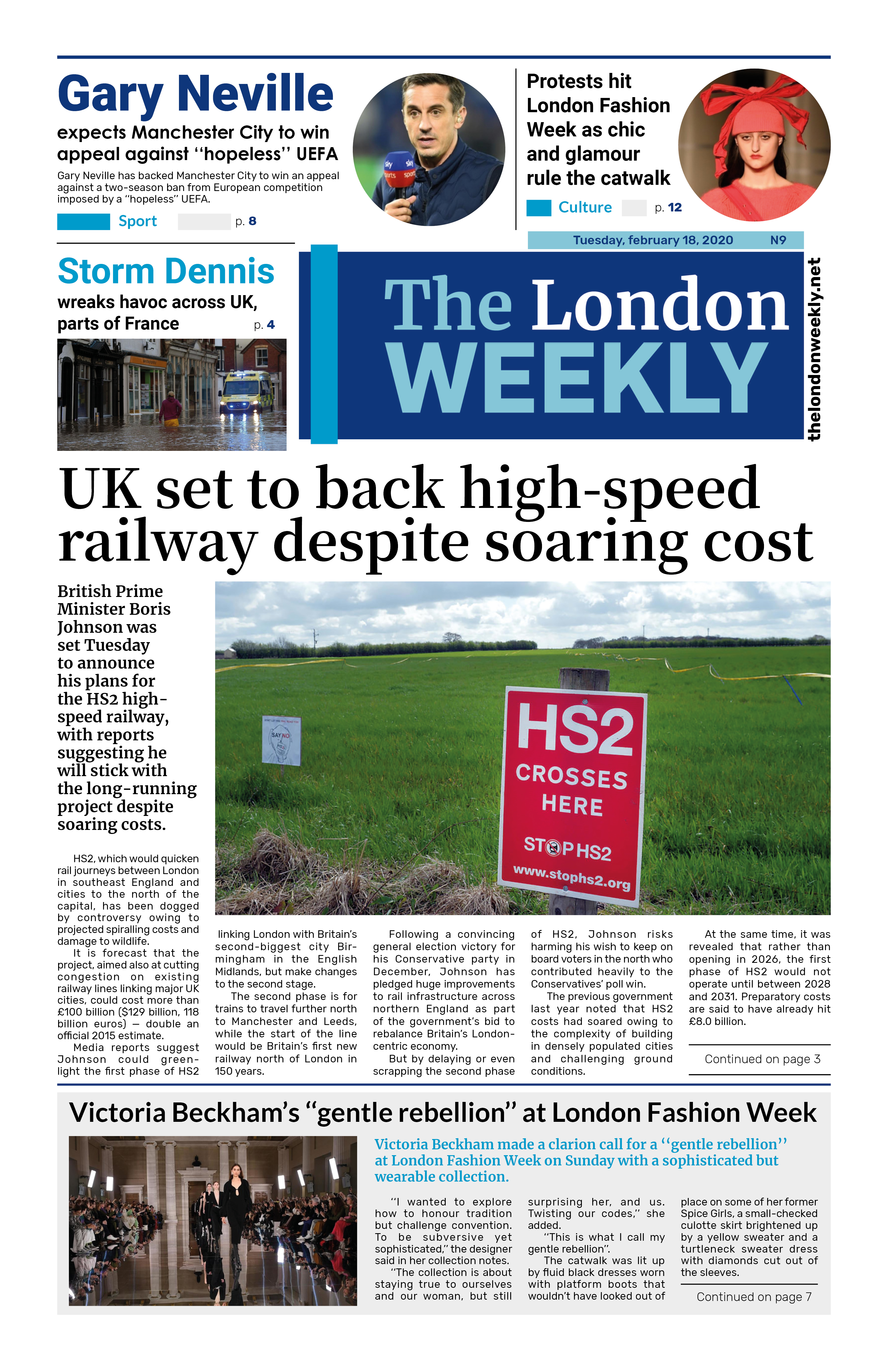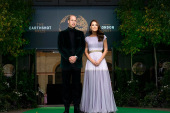
A year into CEO Josh Schulman’s tenure, investors are seeing encouraging signs of progress at Burberry, even though sales remain in decline.
The iconic British luxury brand — famous for its trench coats and check-pattern scarves — is in the midst of a strategic overhaul. Schulman, brought in to address years of underperformance, is focused on revitalizing both sales and profitability.
According to a company-provided consensus, analysts expect Burberry to report a 3% drop in comparable retail sales for the April-June quarter, an improvement on the 6% decline in the previous three months.
Under former CEO Jonathan Akeroyd, Burberry struggled with multiple profit warnings. Schulman has since criticized the brand for drifting from its core strengths in outerwear and classic British styling, instead pursuing a more niche aesthetic.
Since Schulman took over, Burberry’s share price has climbed roughly 63%, outpacing other luxury labels. In recent weeks, analysts have become more positive on the company’s outlook. HSBC, for instance, noted Burberry’s potential to gain market share from competitors.
“We’re seeing encouraging developments in product range, pricing, and marketing — and early indications suggest that’s starting to lift sales,” said Dan Carter of Phoenix Asset Management Partners in London. However, he added, “it’s still early days.”
Schulman’s marketing strategy leans into Burberry’s British heritage, presented with a contemporary edge. While the company traditionally earns more in the autumn/winter season, it has recently sought to capitalize on summer events. Its latest "Burberry Festival" campaign, timed with the Glastonbury music festival, featured artists like Loyle Carner and Goldie, alongside model Cara Delevingne sporting Burberry rain boots — a playful nod to Britain’s famously unpredictable weather.
“They’re smartly leveraging their reputation for outerwear by trying to extend that narrative year-round,” Carter noted.
Refining the Product Mix: Less Pricey Bags, Premium Outerwear
As part of its restructuring, Burberry announced in May plans to reduce its global workforce by 20%, a bold cost-saving measure welcomed by investors.
In terms of product strategy, the brand has begun shifting away from ultra-high-end handbags, introducing more accessibly priced models such as the Cotswold range (£1,490-£1,890) and the Horseshoe crossbody (£850). According to pricing data from Luxurynsight, the average price of Burberry bags has fallen by 9% since October.
“They’re walking a fine line — maintaining a luxury identity while slightly adjusting their price points,” said Brett Sharoni, senior analyst at Pzena Investment Management in New York, a Burberry shareholder. “Before we invested, one of our main points to them was: you haven’t really earned the right to sell a $3,000 handbag.”
Meanwhile, Burberry has introduced higher-priced outerwear items, including a 115,000 yuan ($16,045) corduroy trench coat in China, and expanded its outerwear offerings by 22% since October.
Yumi Shin, chief merchandising officer at Bergdorf Goodman in New York, praised the renewed emphasis on signature items like the classic trench and winter accessories. “We remain optimistic about Burberry’s transformation under Josh’s leadership,” she said. “He has a merchant’s mindset and understands the importance of balancing fashion and functionality on the sales floor.” Photo by Ssu, Wikimedia commons.







































